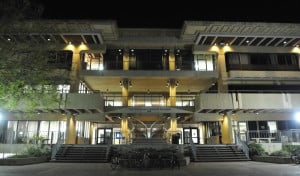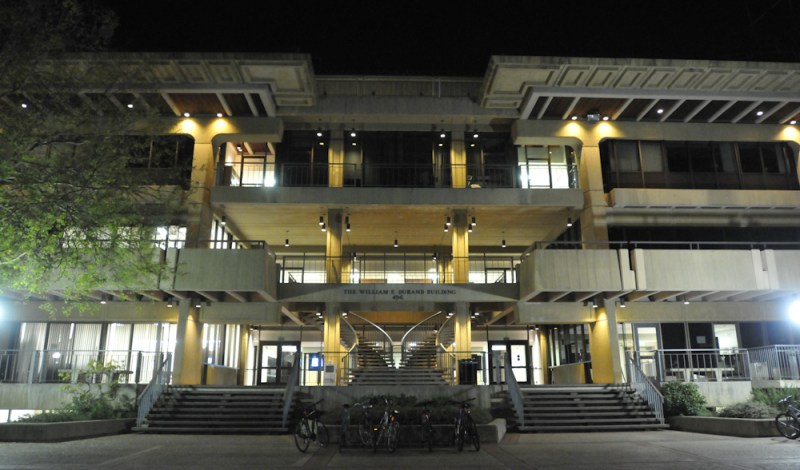Despite the government shutdown and its effects on NASA, students such as Sean Copeland M.S. ’10, Ph.D. ’15 in Stanford’s Department of Aeronautics & Astronautics remain hopeful for a career in the field.
“I’m not worried about finding a job,” Copeland said. “But I am worried about finding the solutions to the challenges facing our generation.”
Copeland said NASA’s funding doesn’t necessarily worry him either.

“NASA’s budget is only about 0.5 percent of the overall federal budget,” he added, “and despite cuts in recent years, fundamental aeronautics research within the agency has remained fairly steady.”
Copeland is one of the 200 graduate students and dozens of undergraduate students in the Aeronautics & Astronautics Department. The Stanford program is one of the largest in the nation and is run by 12 full-time faculty members who guide eager students in pursuing their passion.
“That’s their dream; they’d look out the window and see the moon and say I’m going to get somewhere there,” said Charbel Farhat, chairman of the department. “That’s the kind of students we’re going to get.”
Professor emeritus and former department chair George Springer has been with the program since 1983 and believes that the quality, not quantity of the faculty, has supported the program since its inception.
He added that the innovative work conducted within the department attracts highly ambitious students and faculty.
“The program only changed in the sense that new topics became more interesting, and that’s why the department is one of the top departments in the country,” Springer said “We don’t get stuck on one topic because something that was interesting 20 years ago is not on the front burner now.”
Farhat cited Stanford’s department as the one that put global positioning system (GPS) technology on the map. He added that the program has come a long way since then.
“We are heading in two different and complementary directions,” Farhat said.
Farhat explained that he sees micro air vehicles and deep space machines as the next realm of aeronautics and astronautics, both of which are topics currently being investigated by Stanford students and professors.
While the department enters new territory, so too do the program’s graduate students who are headed towards a variety of fields. Copeland said he plans to finish the program this year and is considering continuing as a research scientist or going into government research.
“I think working as part of a government lab is a good mix of doing fundamental research and doing new things but also having an opportunity to work on a project that is real in the sense that what you’re working on has an application,” Copeland said.
But first, Copeland must complete a variety of classes in the department. As part of the preparation for their careers, students are required to take courses in the five basic areas of aeronautics and astronautics: fluids, structures, guidance and control, propulsion and experimentation and design.
Farhat said the program also encourages students to work in the industry through summer internships during their time at Stanford.
“We have NASA Ames [Research Center] across the street, the Lockheed Martin research offices, Loral Space—I mean the area is full of opportunities for internships,” Farhat said.
This hands-on approach also appears in students’ course work. Copeland said that his favorite class at Stanford was a three-course series on aircraft design, of which the last quarter focused on creating and testing an autonomous aircraft.
“As a part of that class, we had an opportunity to go to the Edwards Air Force Base in Southern California which is sort of an important location for aerospace research,” Copeland said. “We had an opportunity to pursue a world record for highest altitude of an unmanned aerial vehicle in that class.”
Contact Alex Zivkovic at aleksa ‘at’ stanford.edu
